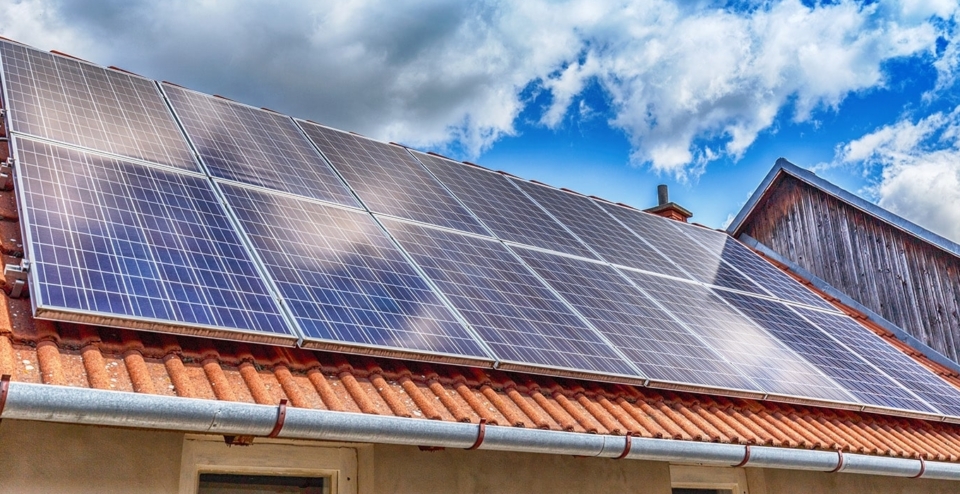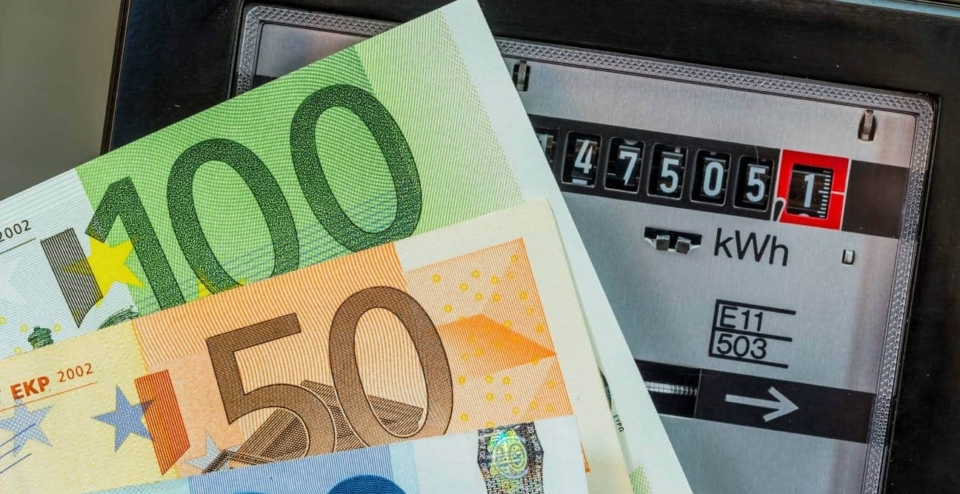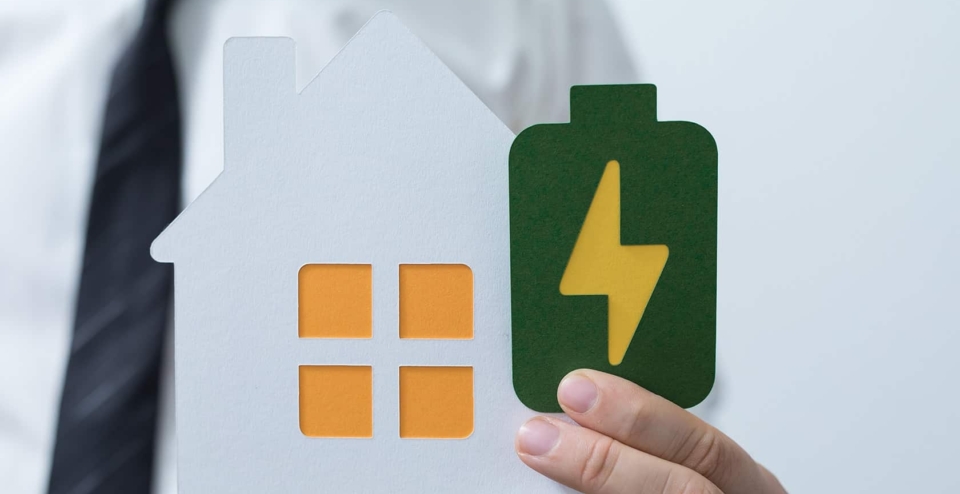
Self-consumption optimization
With the phasing out of the balancing system, it is becoming increasingly attractive to use your own generated energy smartly. In other words: what you generate yourself, you also want to use as much as possible yourself. Without supplying it back to the grid.
Using your own generated energy optimally
Smart energy control, batteries and an Energy Management System (EMS) are then important. By using devices at the right time and storing excess energy, you increase your energy independence and save on costs.

Maximum utilization
It is becoming increasingly important to make better use of self-generated energy. Smart energy control and energy storage via batteries can help increase the direct consumption of solar energy, reducing the amount of energy fed back to the grid. This reduces dependence on the grid and lowers energy costs. By optimizing self-consumption with smart monitoring, forecasting, demand management and integration with energy storage, you can maximize the benefits of solar and wind energy. The result is lower energy costs, greater efficiency and a higher degree of energy independence.
Less feed-in
With feed-in costs and the removal of the balancing scheme, increasing self-consumption is becoming increasingly important. Energy optimization aims to maximize self-generated energy in order to be less dependent on the power companies, the net-metering scheme and to reduce energy costs. The goal is to deliver less power back to the grid and take less power from the grid.
Limited decline
Direct consumption of solar energy in homes is between 10% and 30% of the electricity produced on an annual basis. This depends on the number of phases of the connection. In businesses, this percentage is higher up to about 50%. So self-consumption is low, which explains the increasing number of problems with the grid. After all, all the solar panels produce power at the same time and the offtake is limited. The grid cannot always handle this production peak.
Optimal self-consumption
An important method for optimizing self-consumption is the application of smart energy control. This is possible by using “live” measurements and monitoring of energy production and consumption. This involves programming energy-intensive appliances such as heat pumps, electric water heaters, washing machines or electric vehicles to operate at times when sufficient self-generated energy is available. This maximizes direct consumption of self-generated energy and minimizes feed-in to the grid, which is often less financially attractive.


More storage
Another crucial technology is energy storage via batteries. Excess energy that is not consumed immediately can be stored and used later when demand increases or when there is no power generation, such as at night or on cloudy days. This can further reduce dependence on the grid.
Insight and Control
An EMS is an advanced system that helps optimize and manage energy consumption within a building, household, or business. The system uses smart technologies such as sensors, meters, and algorithms to monitor and regulate energy consumption as well as energy generation and storage. The key functionalities of an EMS are explained below.
Energy Management SystemEnergy Monitoring
Self-consumption optimization
Dynamic Load Balancing

Peakshaving

Dynamic rates

Imbalance market
Maximizing Optimization
An EMS has several options for optimizing self-consumption. Below we describe the most important capabilities.
- Live monitoring of energy production and consumption:
One of the most important functions of an EMS is the “live” monitoring of both energy production and consumption. By continuously measuring how much energy is being generated by solar panels, for example, and how much is being consumed at the same time, the EMS can react quickly to changes in the energy balance. - Smart control when energy production is high:
Another powerful tool is the ability to intelligently manage energy-intensive devices. The system can automatically turn on certain appliances when energy production is high and demand is low. This ensures that the use of appliances such as heat pumps, boilers and electric car charging are only done at times when there is a surplus of energy available. By operating these appliances during peak solar hours, EMS maximizes the amount of energy consumed directly. This lowers the dependence on the grid and reduces the need to supply energy back, which increases self-consumption. - Integration with energy storage systems:
One of the main ways Enny can optimize self-consumption of energy is through integration with energy storage systems such as home batteries. If more energy is produced than consumed, the EMS can store the excess energy in batteries. This stored energy can be used later when the sun is not shining or when there is a spike in demand. With battery storage, you can significantly increase your self-consumption because you effectively “store” the generated energy for later use. This instead of delivering it back to the grid for a lower fee. This further reduces your dependence on the grid, especially during periods when you would normally have to buy electricity from the grid. - Smart forecasting and energy balance management:
Enny uses advanced forecasting algorithms to predict when peaks or troughs in energy production or consumption will occur. For example, the system can use weather forecasts to estimate when solar panels will generate maximum energy. Based on this data, Enny can decide to store energy, turn on appliances or save energy. This predictive function allows Enny to manage the energy balance more accurately, leading to better utilization of generated energy and less dependence on the power grid. This directly contributes to increased self-consumption.
Read more about Energy Management System (EMS)
The energy market is in full transition, and it’s not happening without fits and starts. Demand for electricity is exploding and renewable sources such as solar and wind continue to depend on the weather. The result: uncertain prices, limitations for consumers and major challenges for our future sustainability. With an Energy Management System, you get the most out of your energy sources without losing comfort.